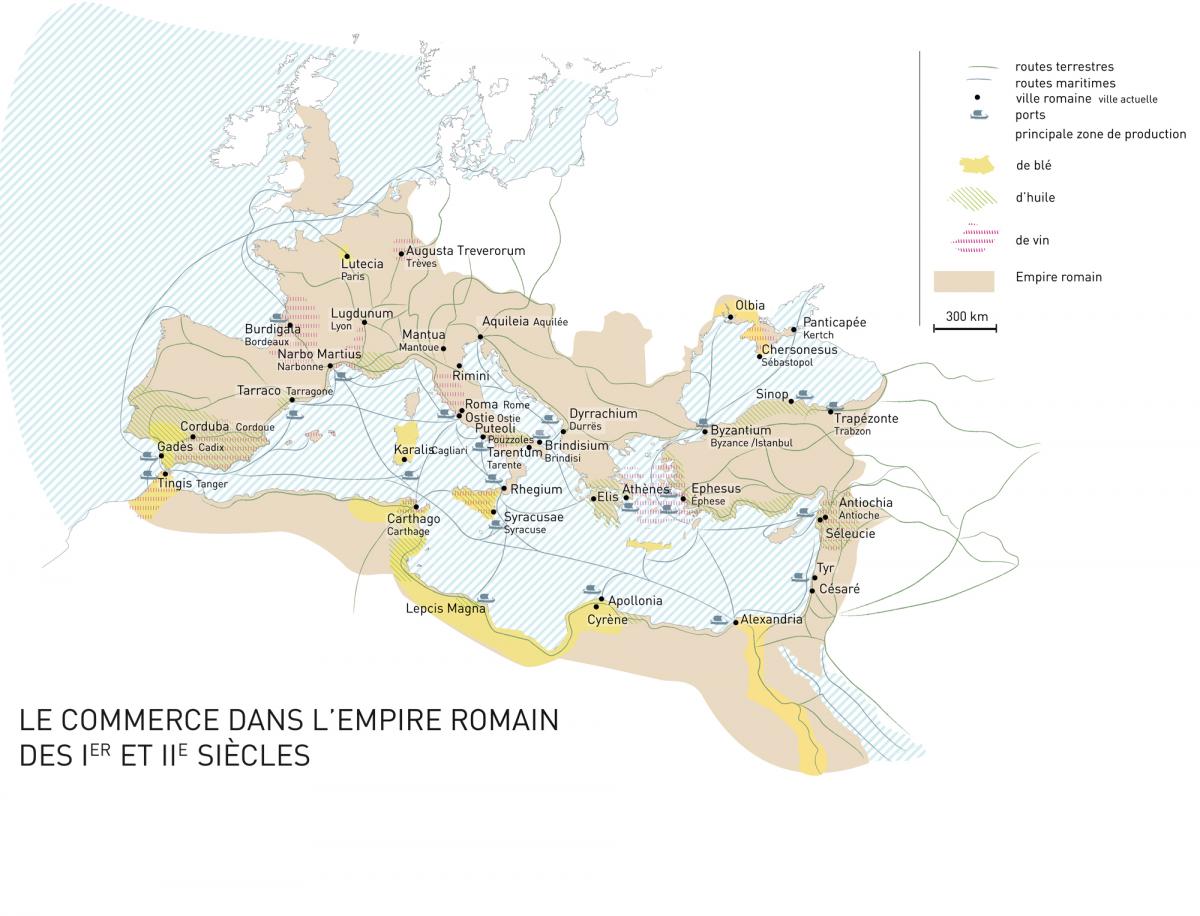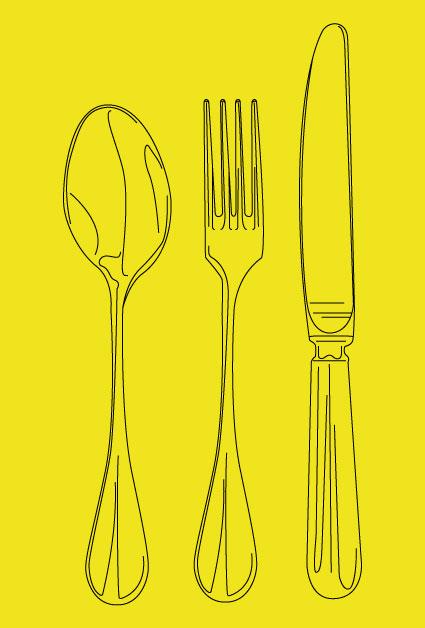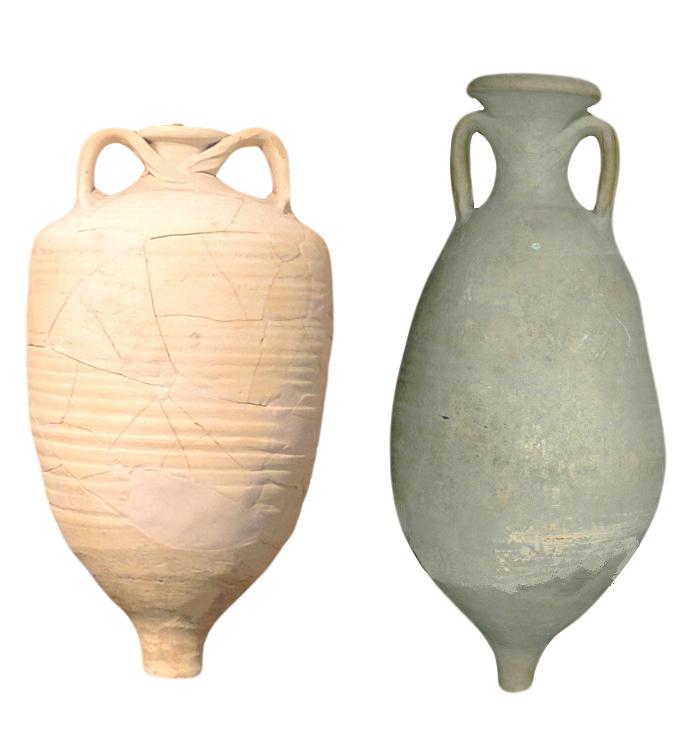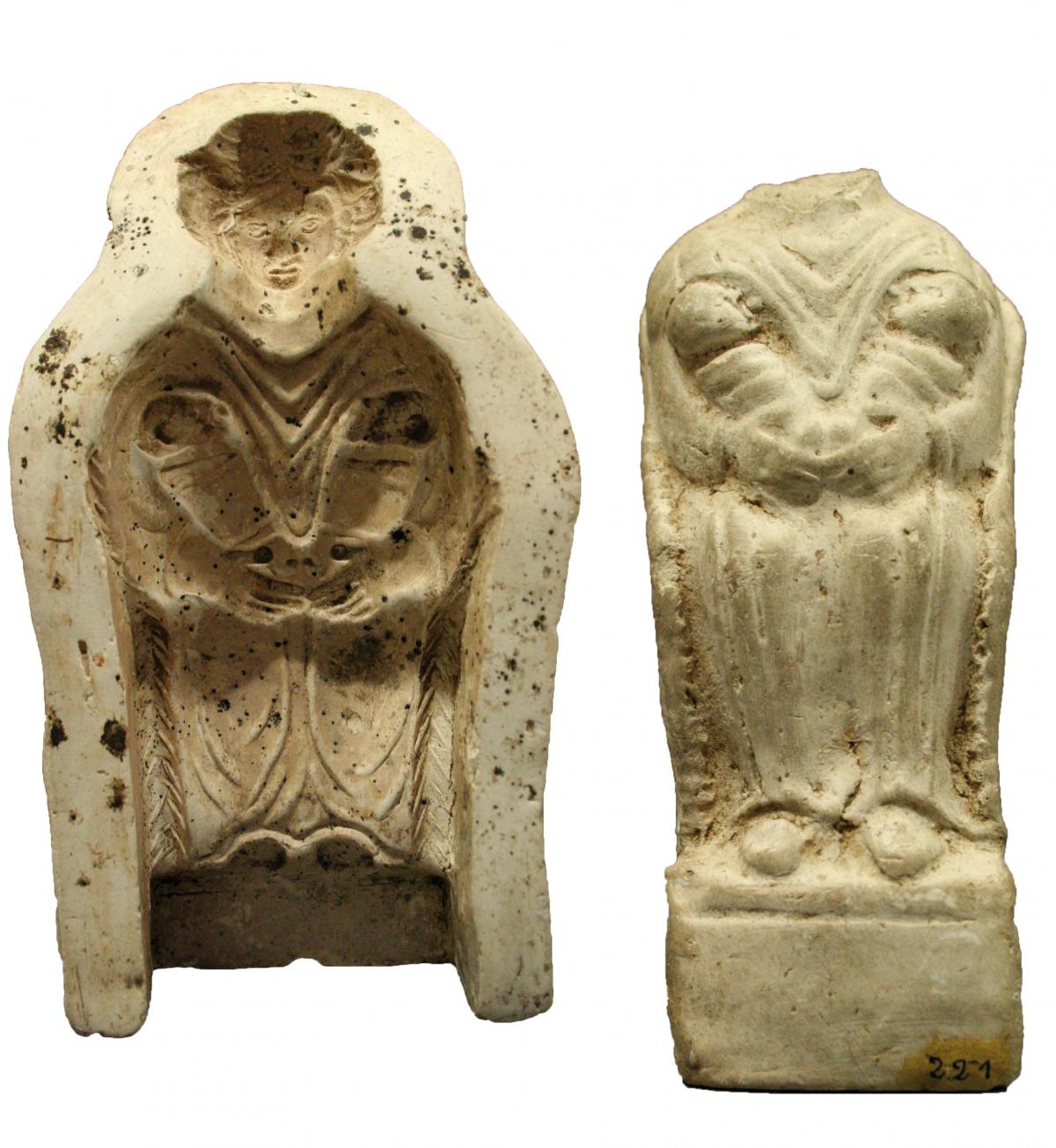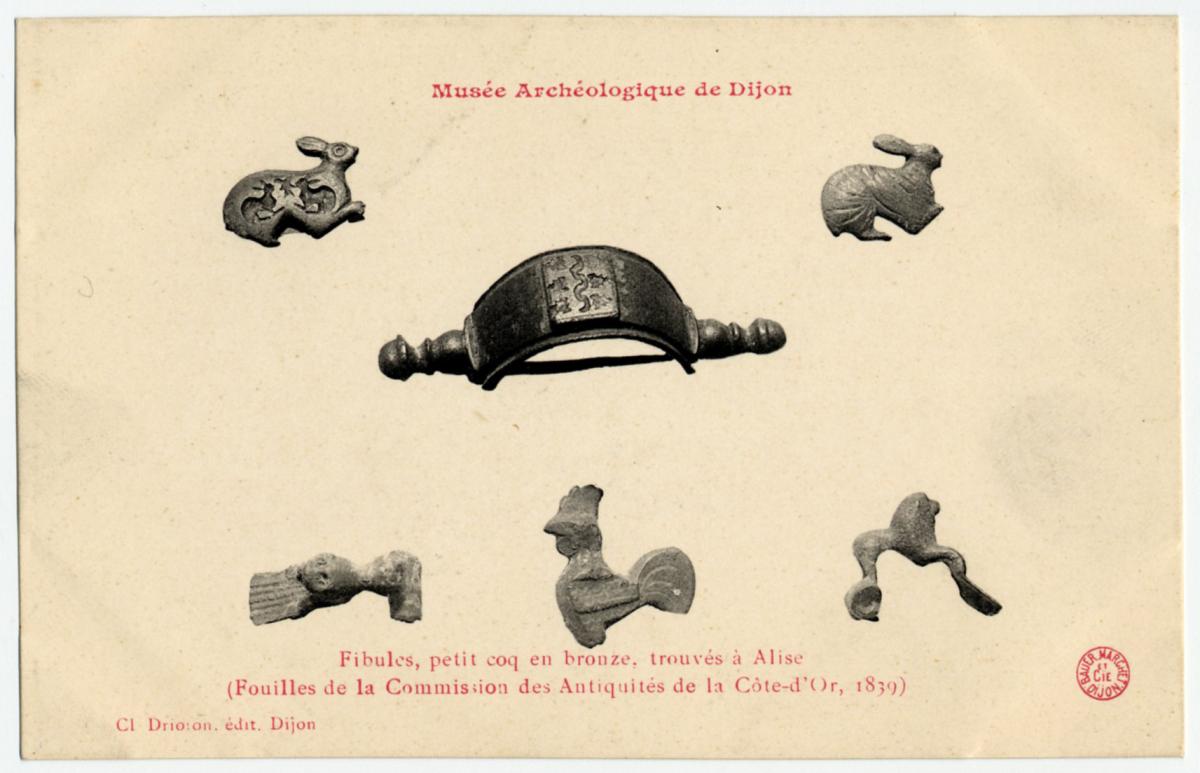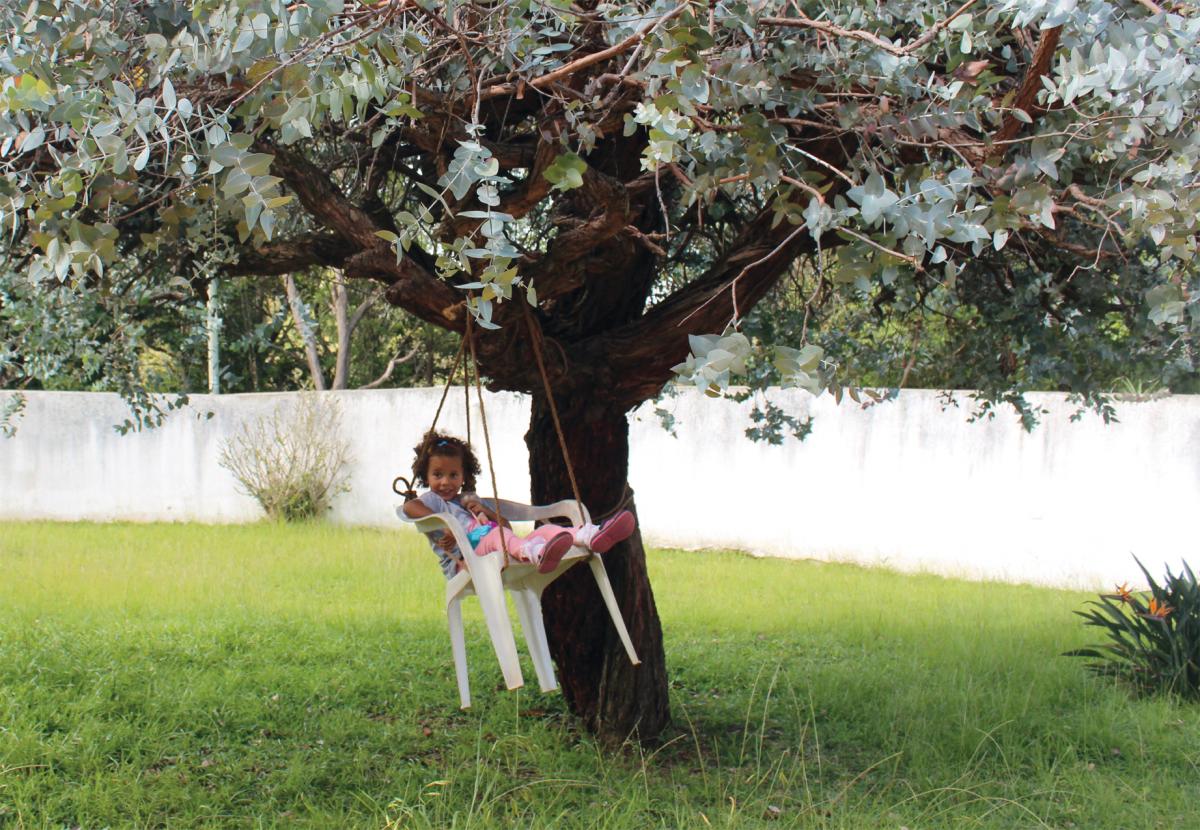Mass production is not contemporary. As far back as antiquity, workshops and artisans organized their production to meet the demand of customers regarding some very popular items. Successful items showed a match between their shape and their purpose. Signatures or maker’s marks, which can be compared to the present trademarks and brand names, began to appear.
Artefacts appealing to the many, mass production, maker’s marks are features which are close to contemporary industrial design.


